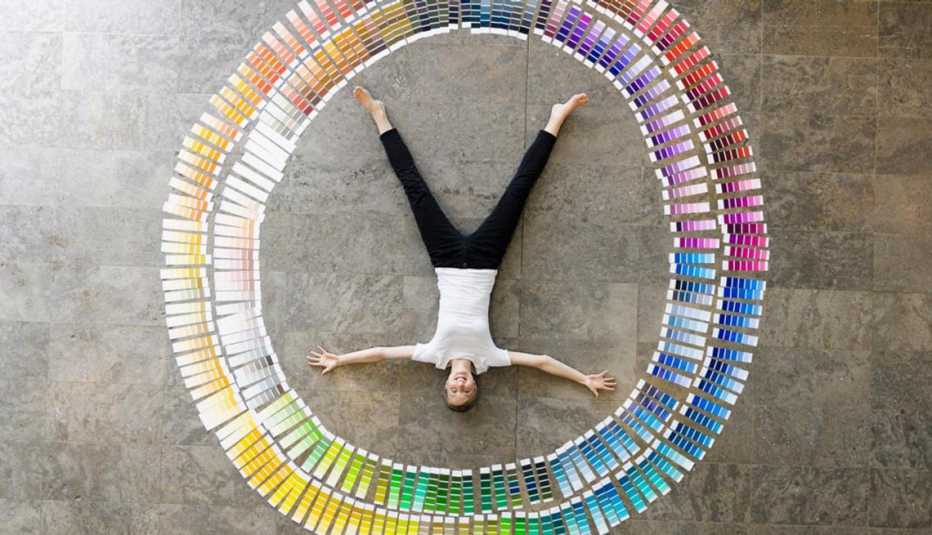Staying Fit


No matter if you’re moving to a new city, switching careers, dealing with an empty nest (or a re-populated one!) or you’re suddenly single, change can be exciting and daunting. The life you had is morphing into something else, and the life to come is yet to be defined. Guidance can come in many forms: Life coaches do an excellent job of helping people uncover their passions and goals. Volunteering can help you discern what really lights you up. But tapping your inner artist may be the most creative way to design an authentic, meaningful life.
Julia Cameron, whose bestseller The Artist’s Way has inspired millions of people to find their calling, has created a new 12-week intensive program specifically written for people in midlife who find themselves at a crossroads. Cameron’s new book, It’s Never Too Late to Begin Again: Discovering Creativity and Meaning at Midlife and Beyond (with co-author Emma Lively), calls forth the creative powers we all possess, whether we know how to wield a paintbrush or not. Cameron says there is a mythology in this country that tells us that creative adventuring belongs to the young. Not so, she maintains. Connecting people to their long-buried dreams is a process that Cameron says can help people break through whatever’s blocking them, and write that new chapter in their lives.


AARP Membership— $12 for your first year when you sign up for Automatic Renewal
Get instant access to members-only products and hundreds of discounts, a free second membership, and a subscription to AARP the Magazine.
While Cameron’s process requires some right (creative) brain thinking, left (logical) brain people can reap huge rewards, too. “I don’t tend to divide people into left brain and right brain categories,” she says. “I tend to think we are all creative, and with a little bit of coaxing, we can all start to unlock our creativity. Just try it!”
Cameron’s 12-week ritual uses four basic artistic tools to help clear out the mental cobwebs, connect to long-buried passions and take action to create a joyful life.
Morning Pages
Cameron wants your ritual to begin with three daily pages of longhand, stream-of–consciousness writing done first thing in the morning, for your eyes only. Use a notepad and a pen (or pencil or crayon). “When we write by hand we go slowly enough to record our thoughts with accuracy. …Typing on a computer, it is as if we are driving at 75 miles per hour. Our perceptions are fleeting. We’re not quite sure what we see or feel. We miss important signposts and details. Writing by hand, we know precisely what we encounter. Writing by hand yields a handmade life,” she says. Morning Pages can be about anything. “They perform a type of spiritual chiropractic; they clear us for the day ahead. Done consistently, they will alter the trajectory of our lives.”


Can something as simple as writing three pages of longhand about that damned dripping faucet really help you change your life? Cameron says it can. “Morning Pages are a form of meditation and I think for hyperactive Westerners it’s sometimes difficult to meditate (so Morning Pages help in that regard). And many people who already meditate ask me why they need to do Morning Pages,” says Cameron. “Morning Pages are a very effective whisk broom that you take to the corners of your life. With standard meditation, when you meditate on a problem, you emerge feeling calmer, like you don’t really need to do anything about it. But Morning Pages move you directly into action, so they are very effective for helping people get rid of the pesky things that they’ve been procrastinating about.” Over time, this clears the way—and the mind—for new possibilities.


































































More on Health
Follow Your Path to Fitness and Health
How walking can help with weight loss, memory, cancer prevention and more